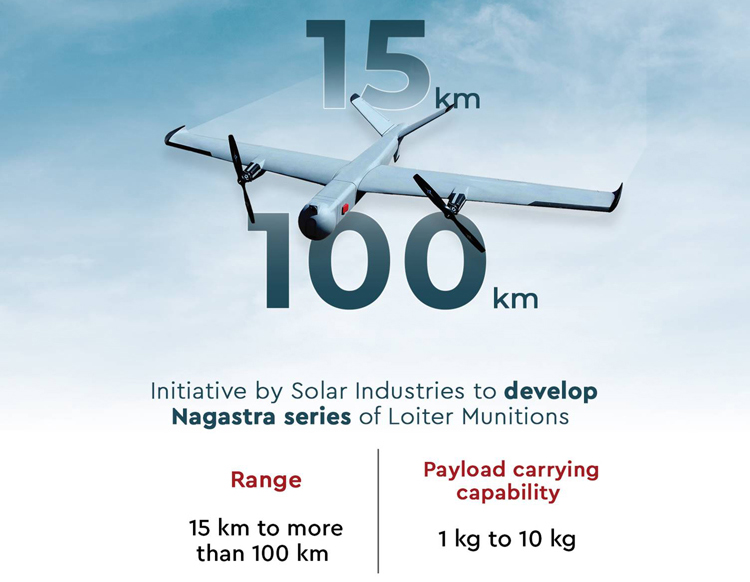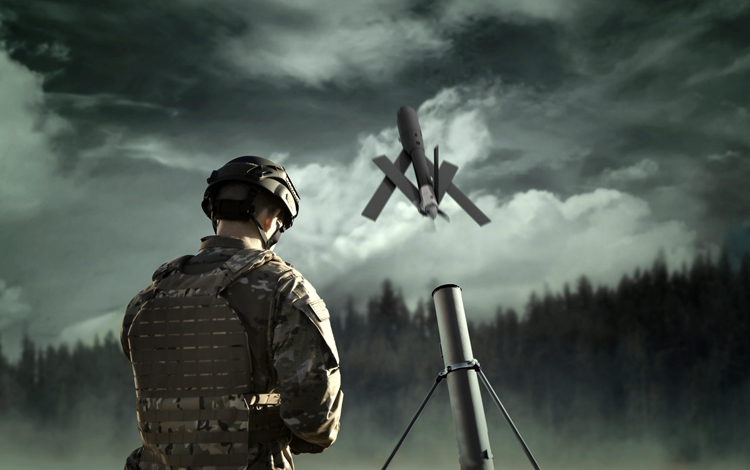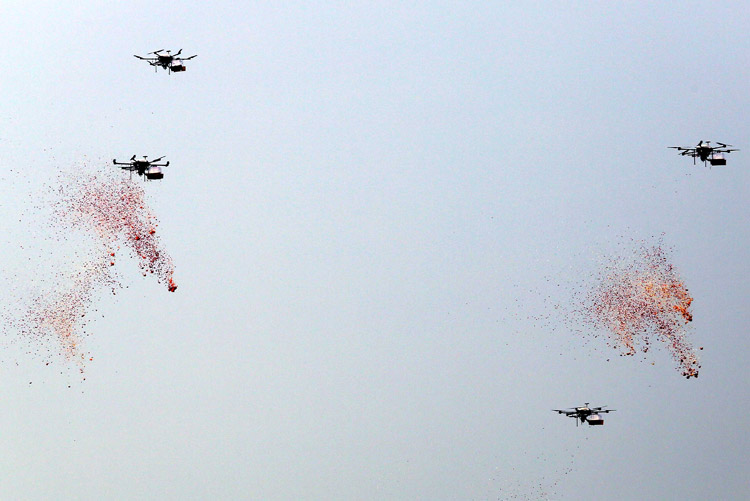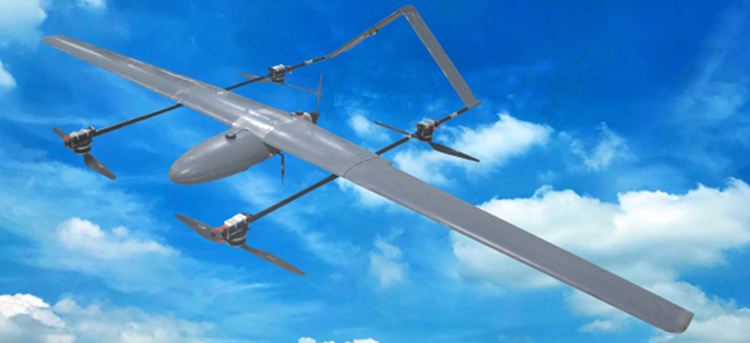INDIAN ARMED FORCES CHIEFS ON OUR RELENTLESS AND FOCUSED PUBLISHING EFFORTS

The insightful articles, inspiring narrations and analytical perspectives presented by the Editorial Team, establish an alluring connect with the reader. My compliments and best wishes to SP Guide Publications.

"Over the past 60 years, the growth of SP Guide Publications has mirrored the rising stature of Indian Navy. Its well-researched and informative magazines on Defence and Aerospace sector have served to shape an educated opinion of our military personnel, policy makers and the public alike. I wish SP's Publication team continued success, fair winds and following seas in all future endeavour!"

Since, its inception in 1964, SP Guide Publications has consistently demonstrated commitment to high-quality journalism in the aerospace and defence sectors, earning a well-deserved reputation as Asia's largest media house in this domain. I wish SP Guide Publications continued success in its pursuit of excellence.
- Operation Sindoor: Resolute yet Restrained
- India’s Operation Sindoor Sends a Clear Message to Terror and the World – ‘ZERO TOLERANCE’
- Japan and India set forth a defence cooperation consultancy framework, talks on tank and jet engines
- Terrorist Attack in Pahalgam in Kashmir: Unfolding a long surgical war against PAK
- Lt General Pratik Sharma takes over Command of Indian Army's Northern Command
Indigenous Nagastra Kamikaze Drone
Indian Army has signed a deal for 'Nagastra' loitering munitions with 'Made in India' content of more than 75 per cent
 |
The Author is Former Director General of Information Systems and A Special Forces Veteran, Indian Army |

A loitering munitions (also known as a suicide drone or kamikaze drone) is an aerial weapon system category in which the munitions can loiter (wait passively) around the target area for some time and attacks only once a target is located. The precision attack is dependent on its sensors. The kamikaze drone be operated in silent mode and at an altitude of 1,200m, making it a difficult target to detect. The loitering system weighs 12 kg and carries a warhead of 4.5 kg. It has an endurance of 60 minutes and offers a range of around 40 km.
Nagastra-1 in its 'Kamikaze' mode can search and destroy any target by crashing into it. If the target is not found or the mission is aborted, the munitions can be called back and recovered using a parachute.
The AeroVironment Switchblade is a miniature loitering munition, designed by AeroVironment and used by several branches of the US military. Small enough to fit in a backpack, the Switchblade launches from a tube, flies to the target area, and crashes into its target while detonating its explosive warhead. The loitering munitions has turned out to be a very important part of modern warfare as demonstrated in the Armenia-Azerbaijan and Russia-Ukraine war, where the drones have shown their ability to destroy thin-skinned vehicles and even Surface to Air Missile (SAM) launchers and radars.

It has already been reported in these columns earlier, the Indian Army became one of the first major army of the world to induct swarm drones. These swarm drones were delivered to the Army by the Bengaluru-based start-up, NewSpace Research, which delivered the drones in February on sidelines of the Aero India 2023. The Army had ordered these swarm drones ordered through the emergency procurement route and were part of a wider push by the Army to operationalise cutting-edge unmanned technology in the forces. These swarm are capable of delivering explosives of different categories up to a range of 50 km on moving targets like armoured vehicles and enemy artillery positions, according to one report.
Under Project ‘Zorawar”, the Army’s light tanks will be the first to be fitted with loitering munitions, that would be very efficient weapons against tanks and armoured vehicles. The Army plans to integrate these kamikaze drones as standard non line-of-sight strike loitering munitions into their Main Battle Tanks (MBTs) like the T-80 and Arjun Mk-1 to enhance their battle effectiveness. Following a thorough analyses of recent conflicts, like in Ukraine, the Indian Army has determined that loitering munitions are more effective than armed unmanned aerial vehicles (UAVs) in taking out enemy MBTs. Therefore, Project ‘Zorawar’ is to incorporate these munitions after careful consideration of new advancements in technology and studying their effectiveness.

Loitering munitions, equipped with an electro-optical system, can locate, track and strike both stationery and moving targets. Therefore, they are most effective against enemy tanks and armoured vehicles. These munitions have unique battlefield qualities; advanced airborne guidance and navigation systems, precision attack capabilities, and fully integrated communication links with C4 stations. The forces can independently locate and attack time-sensitive targets using these sensors.
Indian Army became one of the first major army of the world to induct swarm drones
The Indian Air Force (IAF) has taken delivery of the first batch of indigenous ALS-50 Vertical Take-off and Landing (VTOL) Loitering Munitions, made by Tata Advanced Systems Limited (TASL). ALS-50 has earlier successfully demonstrated its ability to strike targets during tests at Pokhran. According to TASL, the ALS-50 is capable to defeating targets at ranges of over 50 km. After takeoff, the system transitions into fixed wing mode and flies to its target.

Recent news reports now indicate that the Indian Army has signed a deal with Solar Industries Nagpur to supply 'Nagastra' loitering munitions for the Army. An official from the Solar Industries said that the Made in India content in this loitering munitions is more than 75 per cent and it beats various competitive offerings from Israel and Poland. According to the official, Nagastra-1 has maximum range of 30 km in autonomous mode of operation and 15 km in man-in-the-loop mode. It can loiter over a target for a maximum of 60 minutes and has an accuracy of less than 2 metres.
Indian Army has determined that loitering munitions are more effective than armed unmanned aerial vehicles (UAVs) in taking out enemy MBTs
The fixed-wing electric powered UAV uses GPS for precision strikes and is capable of destroying various soft-skinned targets using its pre-fragmented high explosive warhead. The munition also carries a day-and-night camera for surveillance as well. The Nagastra-1 in its 'Kamikaze' mode can search and destroy any target by crashing into it. If the target is not found or the mission is aborted, the munitions can be called back and recovered using a parachute. The company is also working on another loitering munitions, Nagastra-2, which has a range of more than 25 km and an endurance of 90 minutes.





